A new invasive species is taking over the world. Non-native ants introduced to new areas of the world are causing a massive disruption in biodiversity and biogeographical patterns.
Scientists are now exceptionally worried about the implications of these disruptions caused by the non-native ants, as they are negatively affecting the planet’s biodiversity and natural ecosystems that have evolved over millions of years.
What Are Invasive Species?
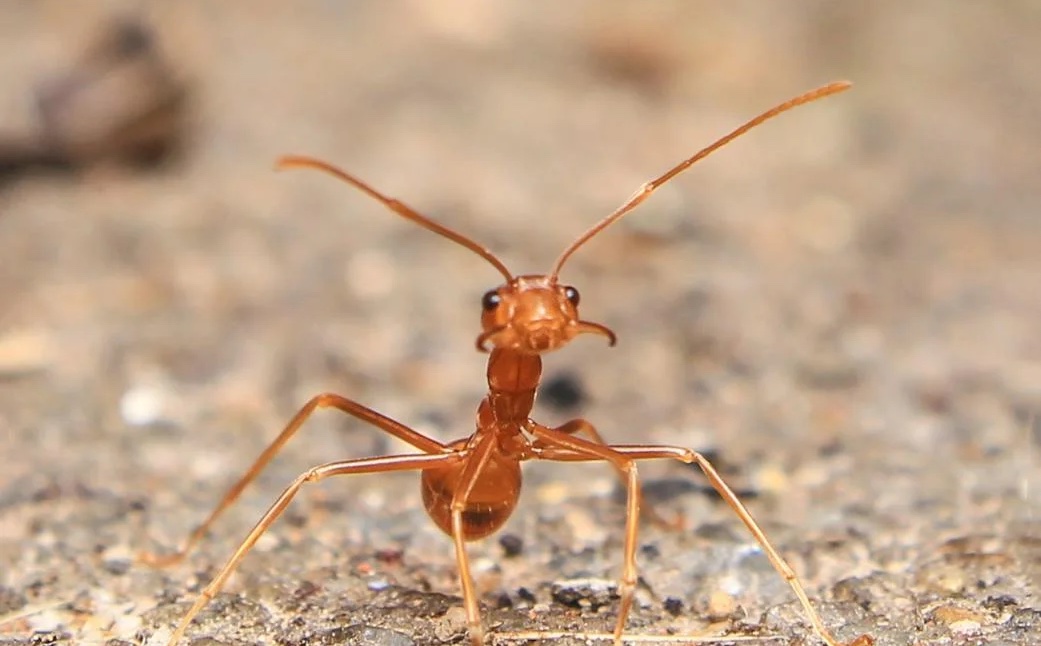
Invasive alien species are animals, plants, fungi, and microorganisms that have established themselves in environments outside of their natural habitat.
These species can have a devastating effect on native plants and animal life, causing a decline or extinction of native species and decreasing the natural and necessary biodiversity.
How Do Invasive Species Spread?
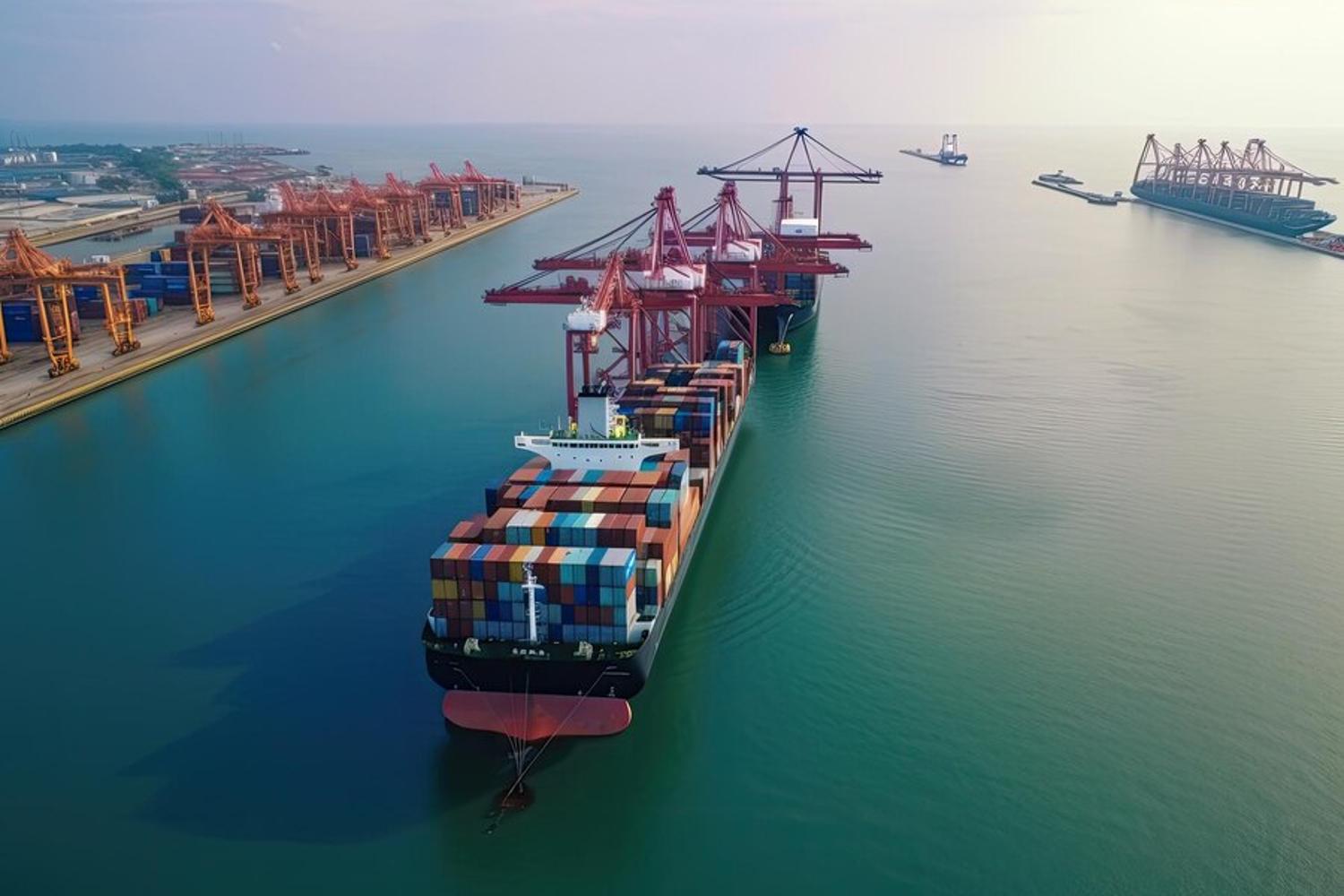
There are several ways in which invasive species spread around the world, including but certainly not limited to wind, water, and other animals.
However, the vast majority of invasive species are now spread through human interference. From the transportation of food products, firewood, bait, plants, pets, and even tourism, globalization has unquestionably increased the number of invasive species worldwide.
The Impact of Invasive Ant Species

Scientists around the world have long understood the devastation that invasive species can cause within a natural ecosystem, and many have spent their lives trying to better understand and even stop this frustrating problem
Now, researchers are specifically studying the distribution patterns and impacts of 309 non-native ant species, including why they have spread and how they are affecting the planet.
Why Is Studying Ants So Important?
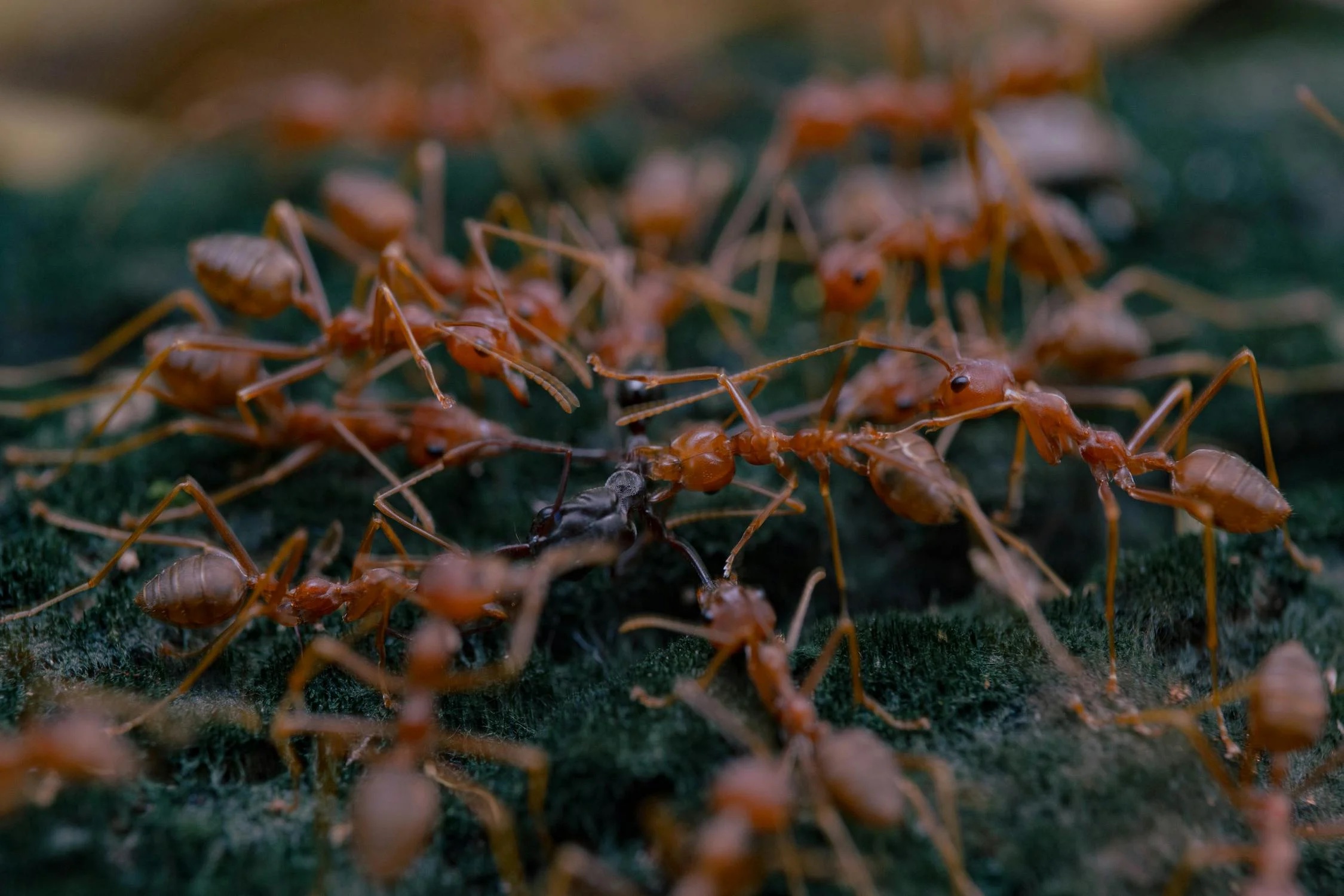
While invasive ants may seem like a small problem, literally, these tiny insects are actually crucial to the success of the planet and can, therefore, cause extreme damage.
One scientist explained, “Ant species [are] estimated to encompass a staggering 70 percent of the Earth’s living animal mass.” Which certainly means they play an important role on our planet.
More Than 520 Ant Species Have Left Their Natural Habitats
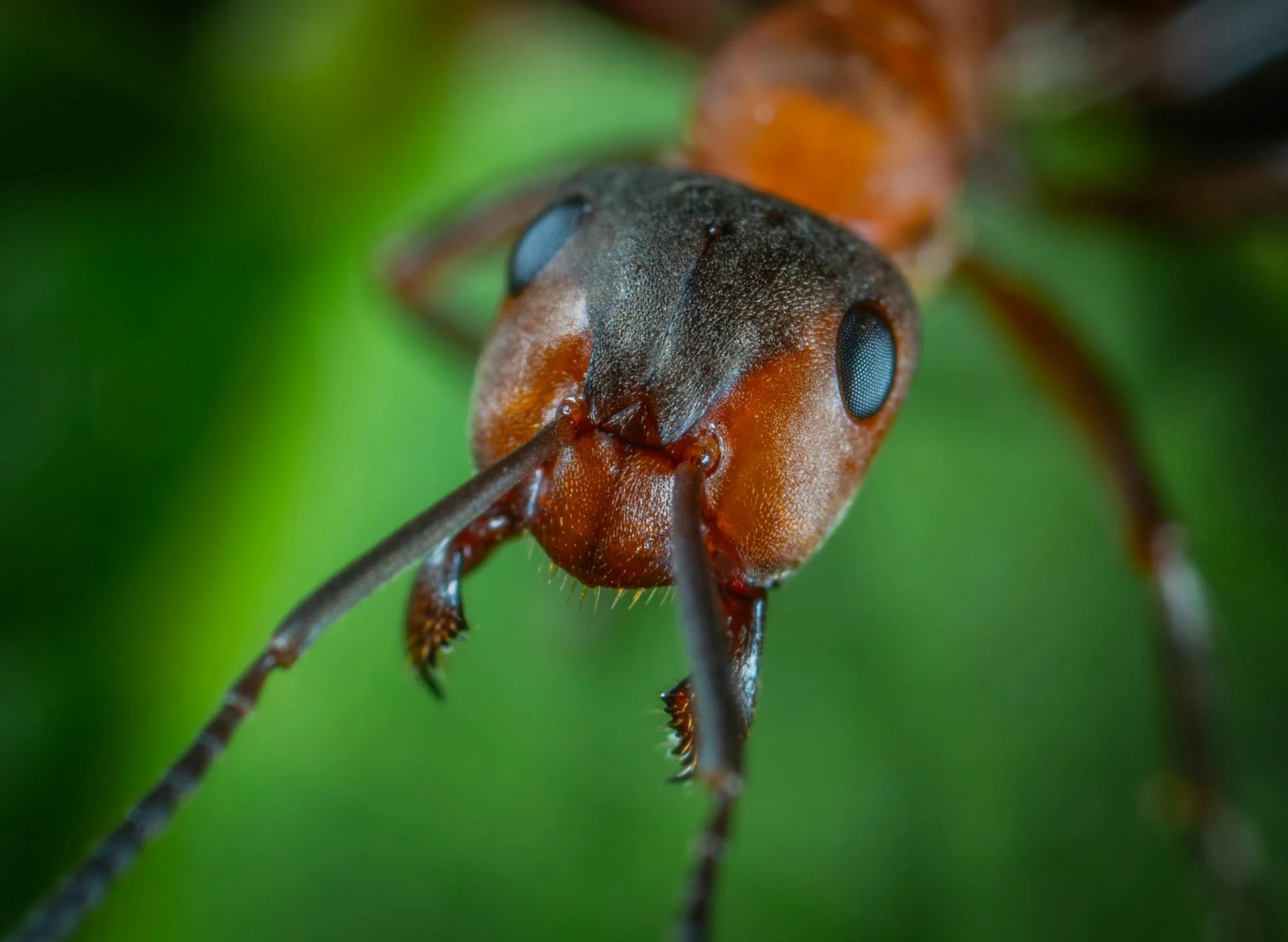
The study, published in Nature Communications by the Department of Ecology and Evolution at UNIL, highlights the alteration of nearly 170 years of ant species’ historical distribution.
Celo Bertelsmeier, Lucie Aulus-Giacosa, and Sébastien Ollier, respectively an associate professor, a postdoctoral researcher, and a biostatistician in the Department of Ecology and Evolution in the Faculty of Biology and Medicine at UNIL found that at least 520 ant species have been transported outside of their native ranges in that short time frame.
Invasive Ants Now Entered 78% of the World’s Countries
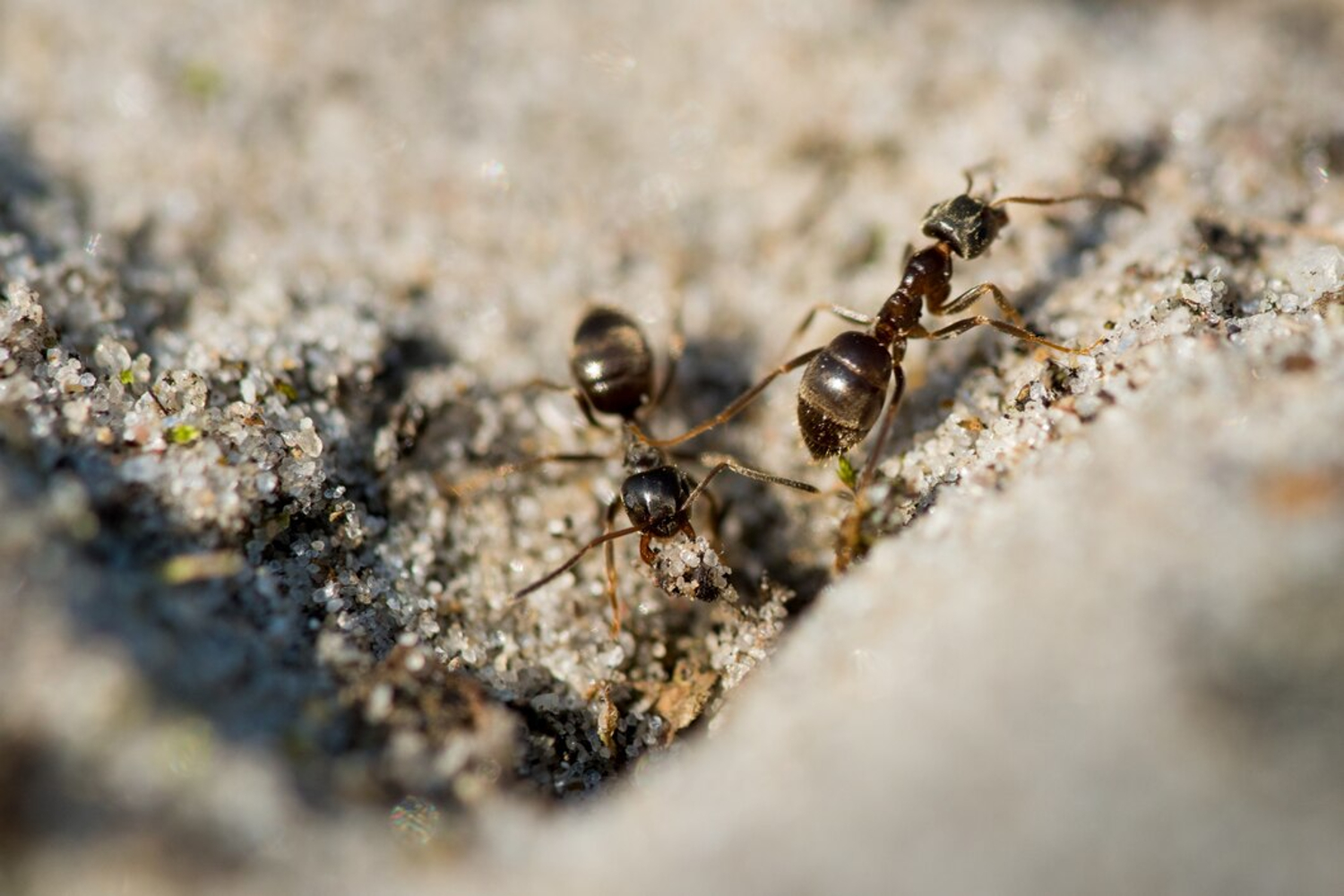
A similar report that analyzed ant invasions explained that these ants have actually infiltrated some 78% of the world’s countries where they don’t naturally live.
“It’s deeply disconcerting to acknowledge that within a mere 200 years of human influence, we’ve managed to completely overhaul patterns shaped by 120 million years of ant evolution,” as Bertelsmeier said.
Scientists Aren’t Only Worried About the Ant’s New Range
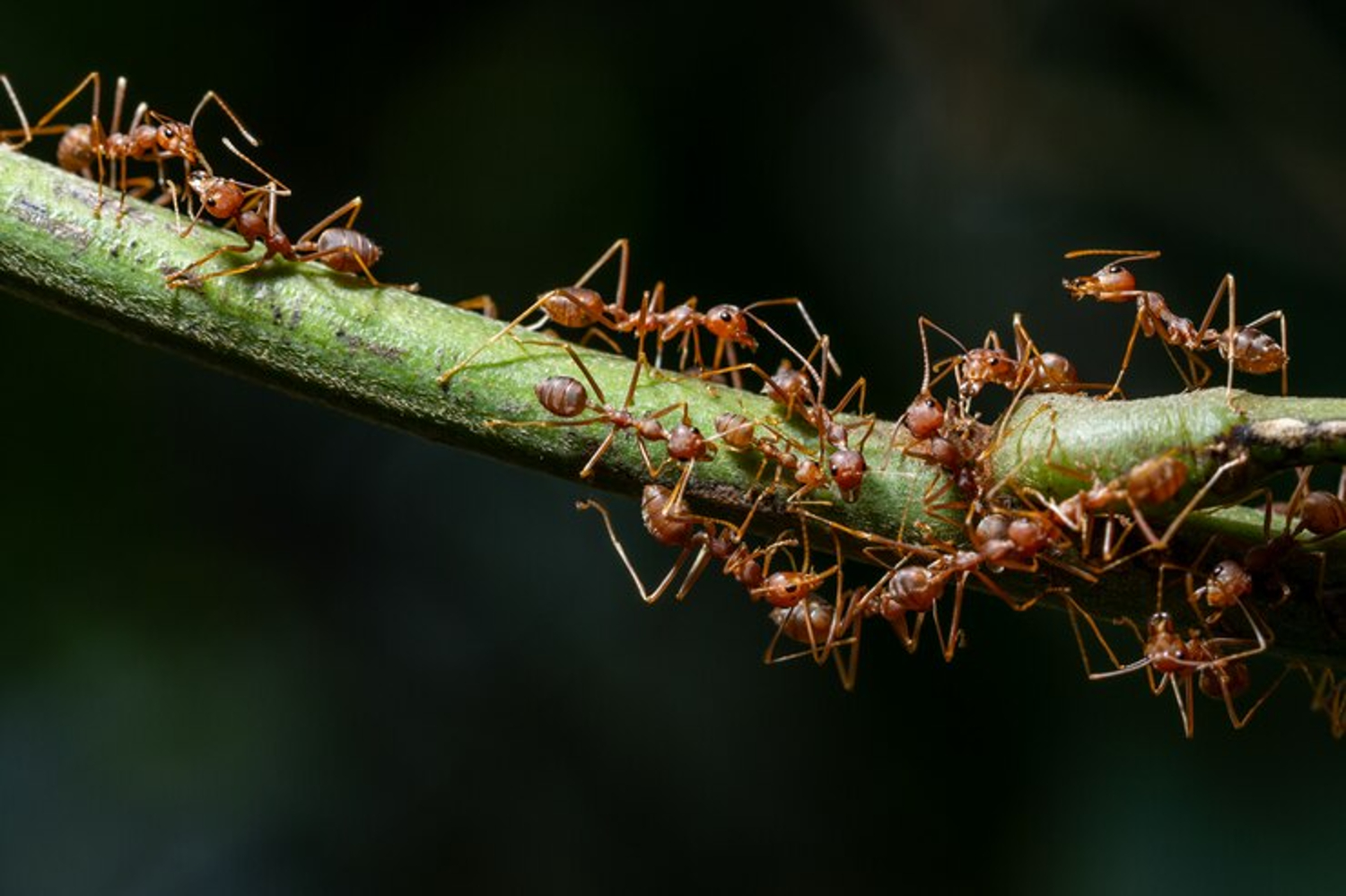
Of course, scientists are worried about more than just the ants’ range; they are also concerned about the damage these ants have already done and will continue to do if they are not stopped.
Invasive ant species can wreak havoc on a new environment, kill other species, decrease biodiversity, and even cost humans billions of dollars every year.
The Dangers of Invasive Ants
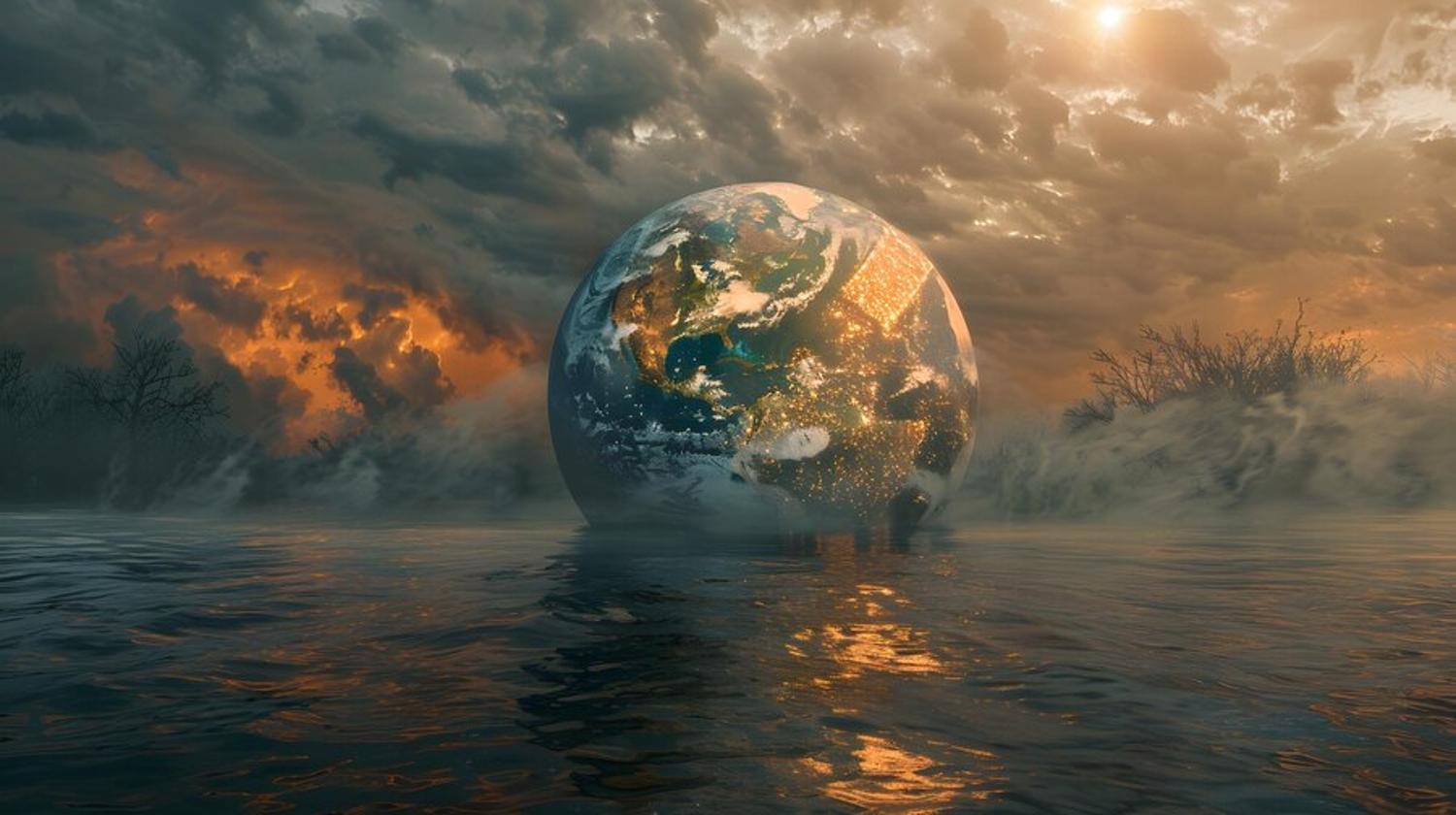
By disrupting inter-organism relationships, killing other organisms, and consuming resources, invasive ants can all but destroy a natural ecosystem.
Those who aren’t worried about small ecosystems around the world should know that the destruction of the natural world has been and will continue to intensify the negative side effects of climate change.
How Do Invasive Ant Species Effect Climate Change?
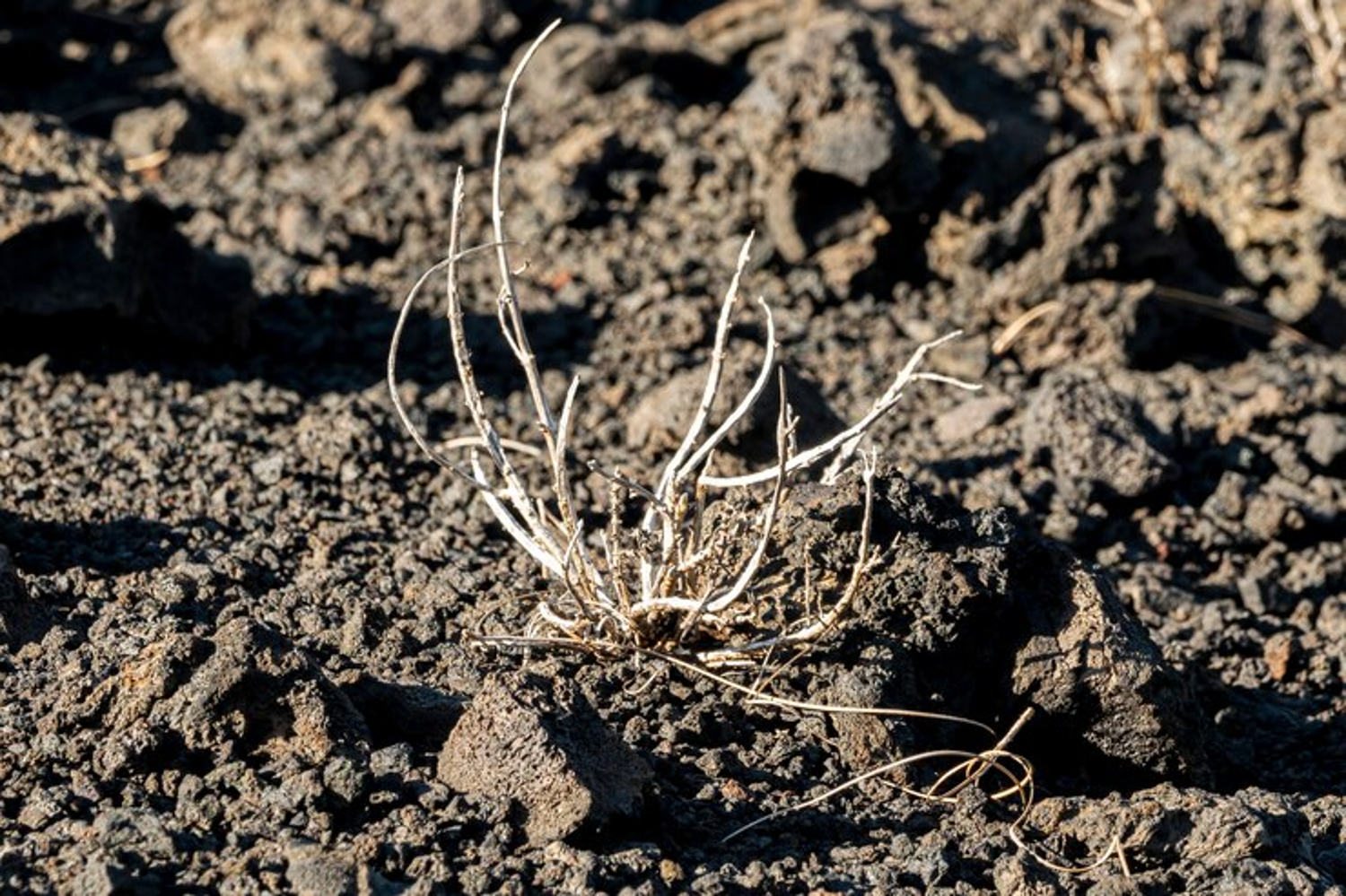
It’s almost unbelievable to think tiny ants could be contributing to climate change, but they absolutely are.
As massive numbers of ants are transported around the world and invade new regions, they are directly decreasing the biodiversity in that area. And a lack of biodiversity has been proven to quicken the effects of climate change.
How Does Biodiversity Affect Climate Change?
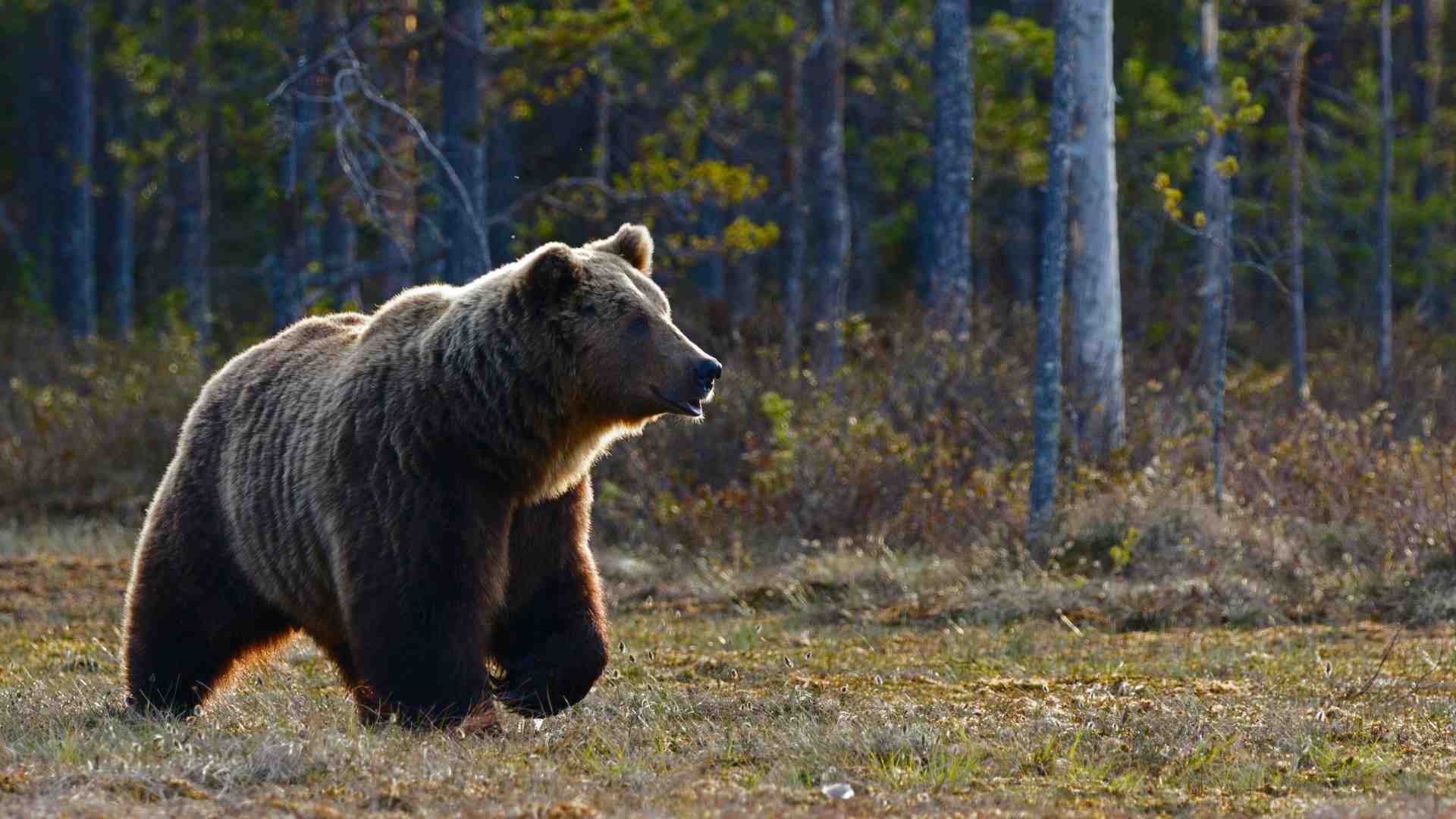
According to a report conducted by the United Nations, “Conserving and restoring natural spaces, and the biodiversity they contain, is essential for limiting emissions and adapting to climate impacts.”
A loss of biodiversity will completely undermine an ecosystem’s ability to function, which will directly lead to extreme weather problems, including intense droughts, flooding, wildfires, storms, heatwaves, soil degradation, erosion, and much more.
Nature Exists to Help the Planet Function Properly
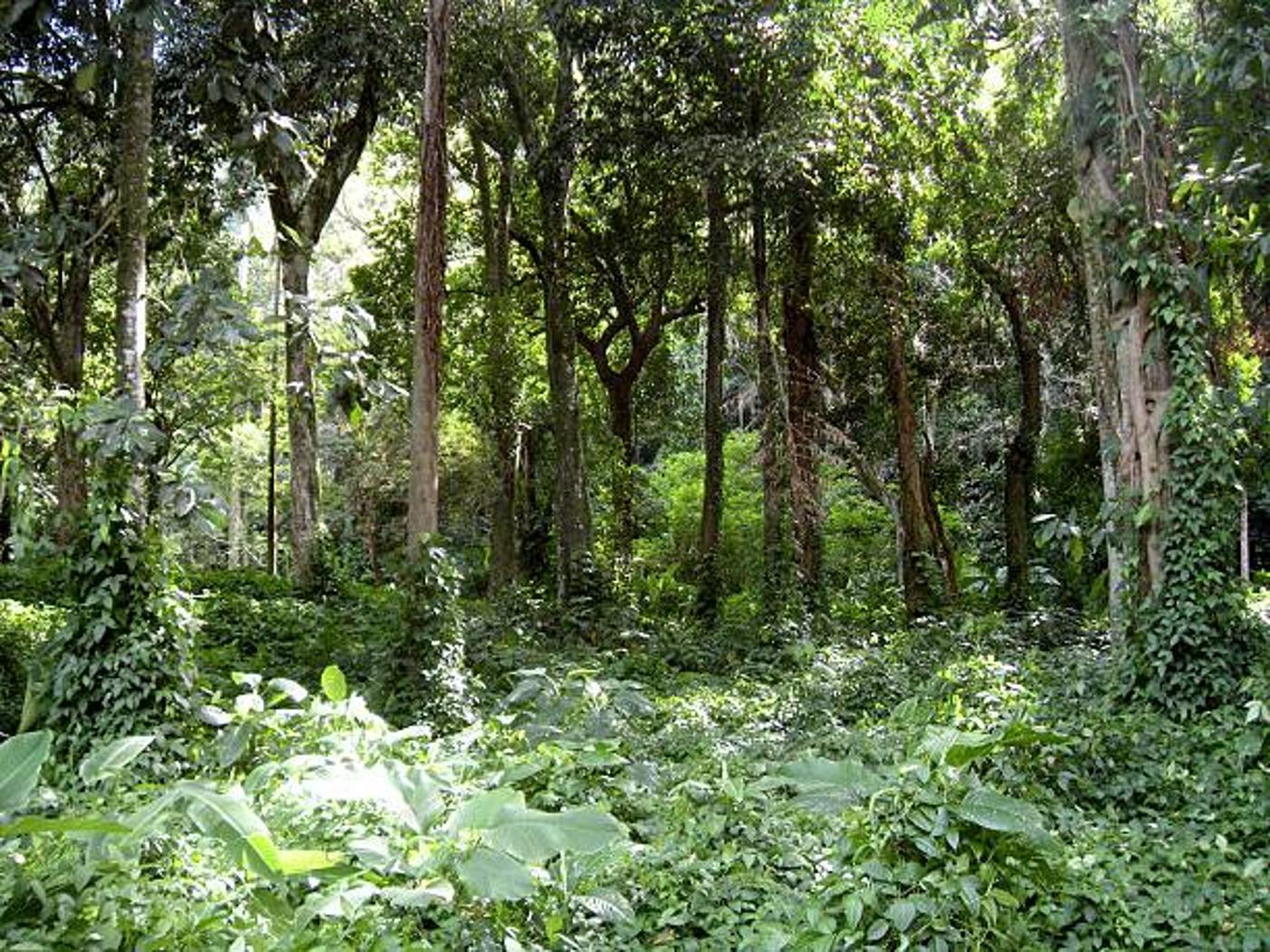
Additionally, one study found that, when functioning as it should, nature can help reduce pollution by more than 30 percent by 2030 to avoid climate catastrophe.
However, if biodiversity causes problems within the ecosystem, it won’t be able to protect itself or the planet as it’s supposed to.
Invasive Ants Have Caused $51 Billion in Losses

Due to these tiny ants, the biodiversity crisis has put around one million plants, animals, and other living things at risk of extinction. But that’s not even the only downside to invasive ant species.
In fact, experts believe that invasive ant species have actually caused a whopping $51 billion in economic losses around the world.
Invasive Ants Affect Agriculture and Public Welfare

Invasive ants can directly damage crops, eating the fruits or seeds they provide, as well as tunnel large systems that affect crop growth. In other words, invasive ants are a farmer’s worst nightmare.
Even those who don’t make their livelihood from farming are often affected by invasive ants. From gardens to homes, these little critters can get in pretty much anywhere and can often cause detrimental infestations.
The Consequences of Human Activity

What’s exceptionally horrifying about this information is that scientists noted that the vast majority of invasive ant species were transported by human beings.
In other words, we have created this frightening, detrimental, and expensive situation. However, like climate change, even though humans made this mess, it’s going to be exceptionally difficult for them to fix it.
Tourism Is Playing a Big Role in Invasive Ant Species

The study’s authors also noted that, specifically, ants from subtropical and tropical climates are spreading faster than most others.
“Given their geography, they attract more tourists, and they import more foodstuffs. But these often arrive accompanied by undesirable guests that are potentially harmful to the local fauna and flora, which are particularly fragile,” Aulus-Giacosa said.
Why Can’t We Just Kill All Invasive Ants?

You may wonder: Why can’t we kill all the invasive ants where they’re not supposed to be? However, this plan has many problems.
The only way to kill the ants would be to use pesticides; however, those chemicals would also kill all the native ants and other insects that are absolutely necessary for the biodiversity and success of the ecosystem.
Remember, Ants Are Necessary for the Proper Function of the Planet
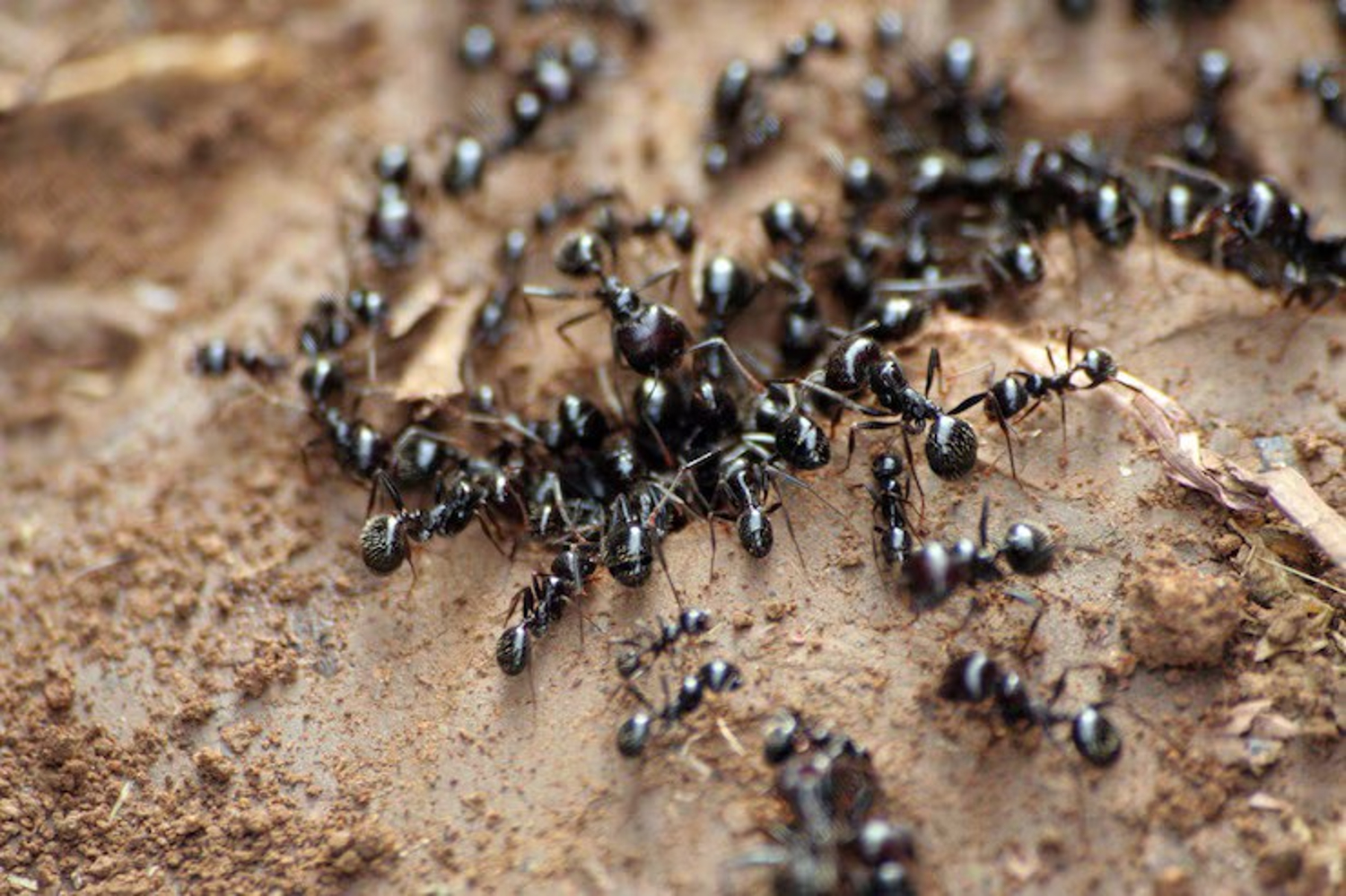
Ants play an exceptionally important role in the planet’s overall health. These tiny insects turn and aerate the soil, allowing water and oxygen to reach plants’ roots.
Ants also bring seeds into the tunnel, which infuse the soil with the nutrients it needs to thrive. In fact, if ants went extinct, the entire food chain would collapse.
Fighting the Invasion

While eradicating literally trillions of invasive ants from their non-native habitats would be impossible, that doesn’t mean researchers have given up on finding a way to solve this ever-evolving crisis.
One plan is to try to stop invasive ants from arriving at a new destination while in transit. However, because they are so small, scientists have struggled to figure out where they are and how to stop them.
The Invasive Alien Species Report

Freepik
There are several organizations worldwide entirely dedicated to studying and, hopefully, eventually extinguishing ants and other invasive species in as many regions as possible.
For example, to help minimize the number of invasive species worldwide and avoid climate catastrophe, the United Nations Environment Program is working to create a framework called the Invasive Alien Species Report to keep certain species where they belong.
Ants Are Far From the Only Troublesome Invasive Species

In the Invasive Alien Species Report, experts from 49 countries wrote that 60% of all extinctions were caused by invasive species and that they cost the US alone around $423 billion every year.
Clearly, there are far more invasive species than just ants. In fact, one report says there are now more than 6,500 plant and animal invasive species in the US, including Japanese Honeysuckle, Emerald Ash Boers, and green crabs.
Meanwhile, Some Scientists Are Focused on Biodiversity

While many scientists are working to eliminate invasive species, others are focused on finding ways to conserve native species and promote biodiversity in various regions, whether invasive species are present or not.
The US Fish and Wildlife Service is storing genetic material of some of the most at-risk wildlife in the US, hoping to use the samples for future conservation efforts.
Still Others Are Working on the Bigger Picture, Climate Change
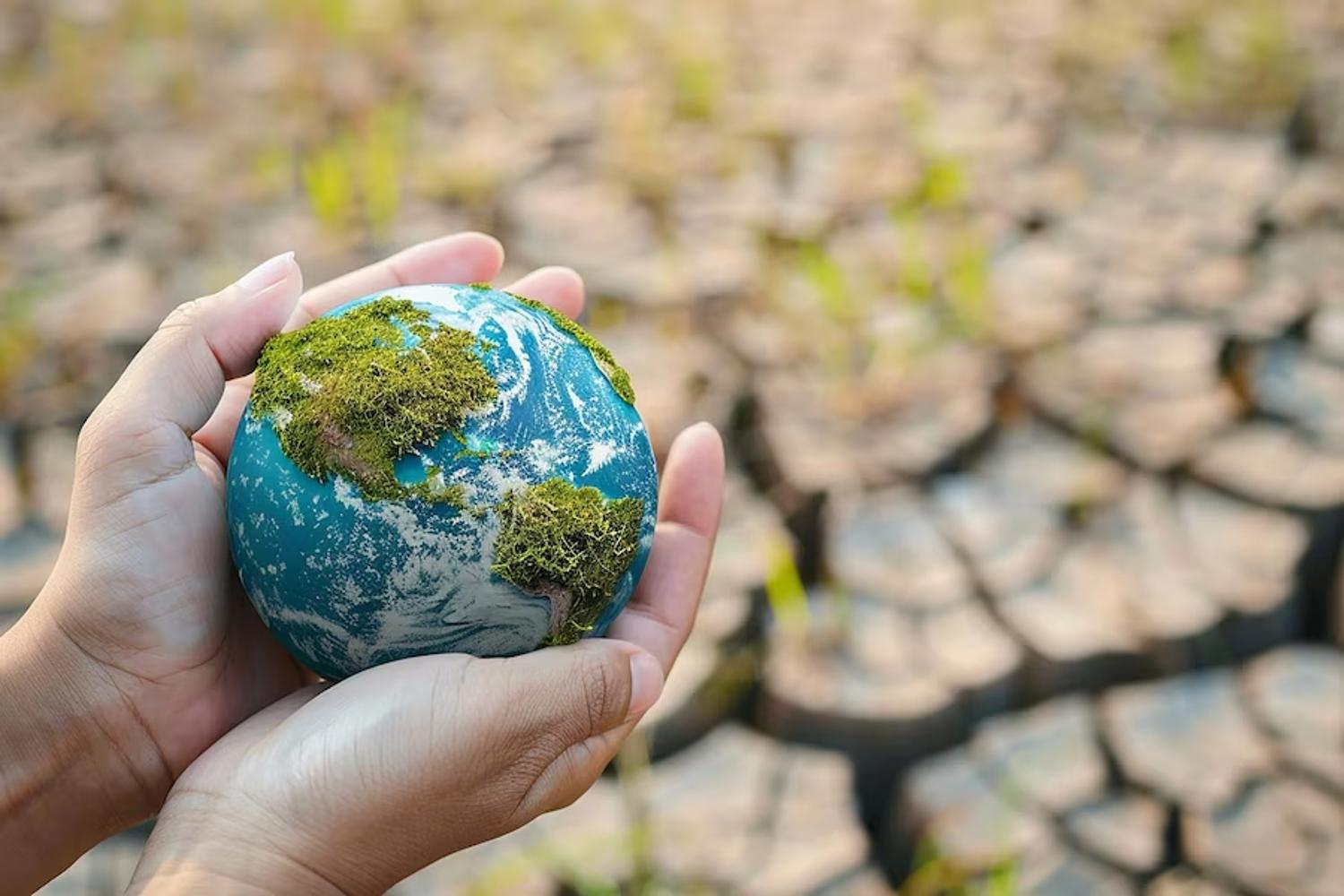
Simultaneously, there are hundreds of scientists who are focused solely on the fight against climate change.
Of course, they are attentive to both biodiversity and invasive species, but more specifically, they are concerned about how they are contributing to the rising temperatures, sea levels, and extreme weather patterns affecting people all around the world.
Continuing to Look for Ways to Stop Invasive Species

The study’s authors plan to deepen their investigation to help limit the connection between globalization of trade and human mobility, which is causing the ants to invade new environments.
Between these scientists and the thousands of others focused on saving natural biodiversity and combating climate change, hopefully, we will find a way to save our planet from its seemingly imminent destruction.








































